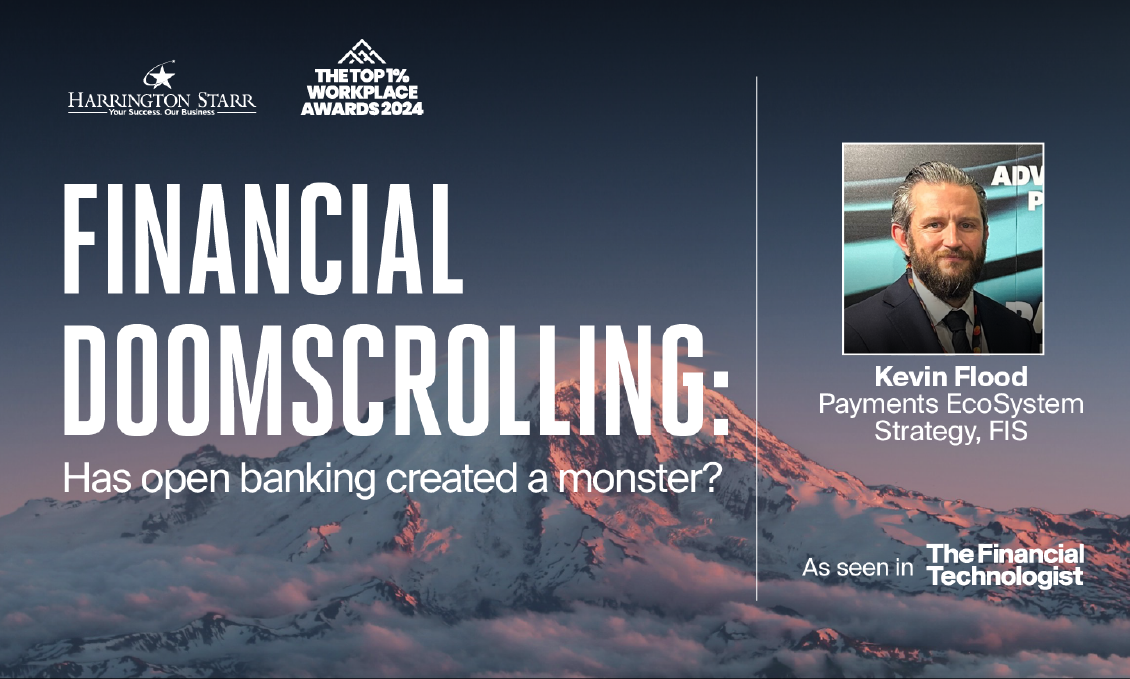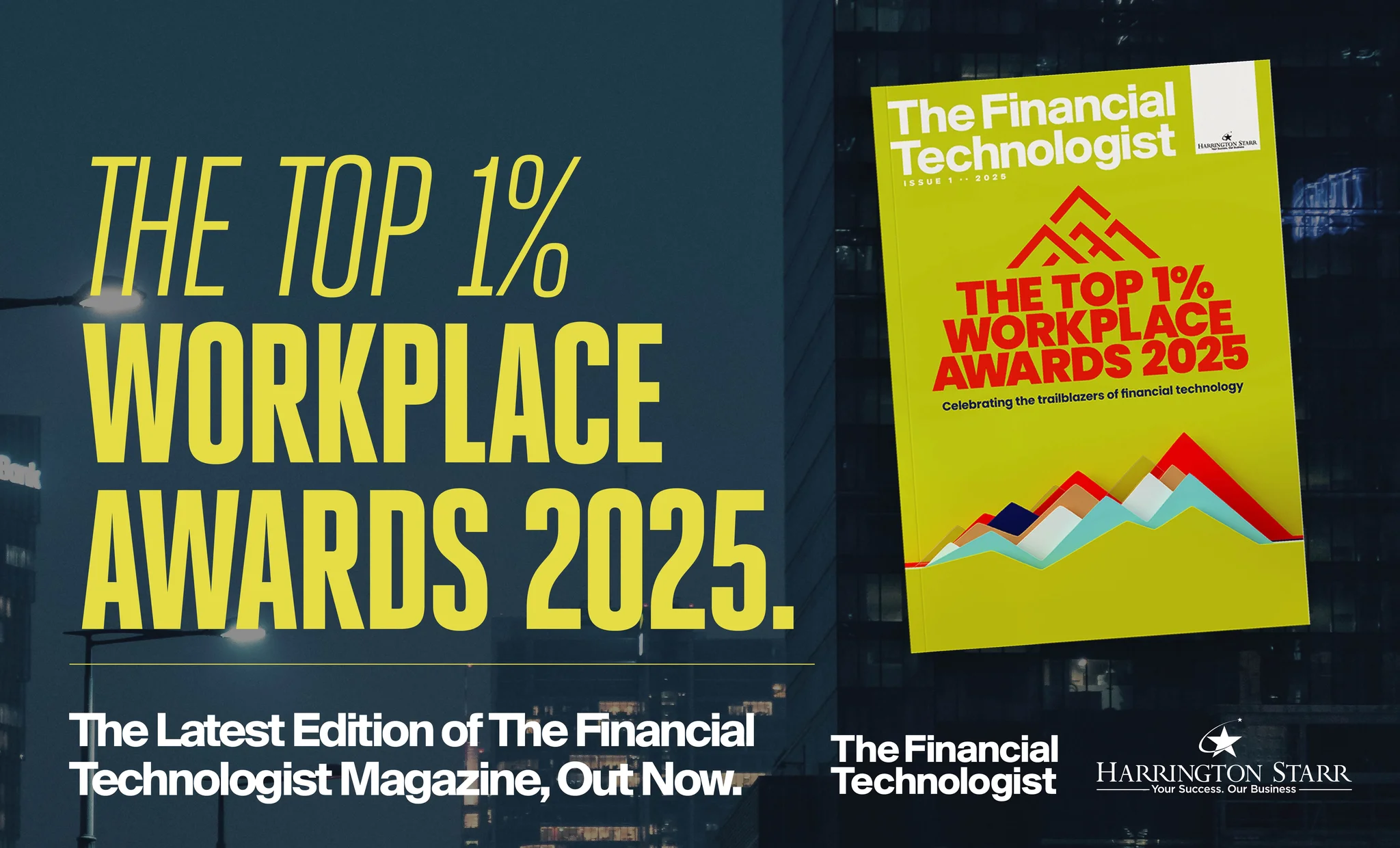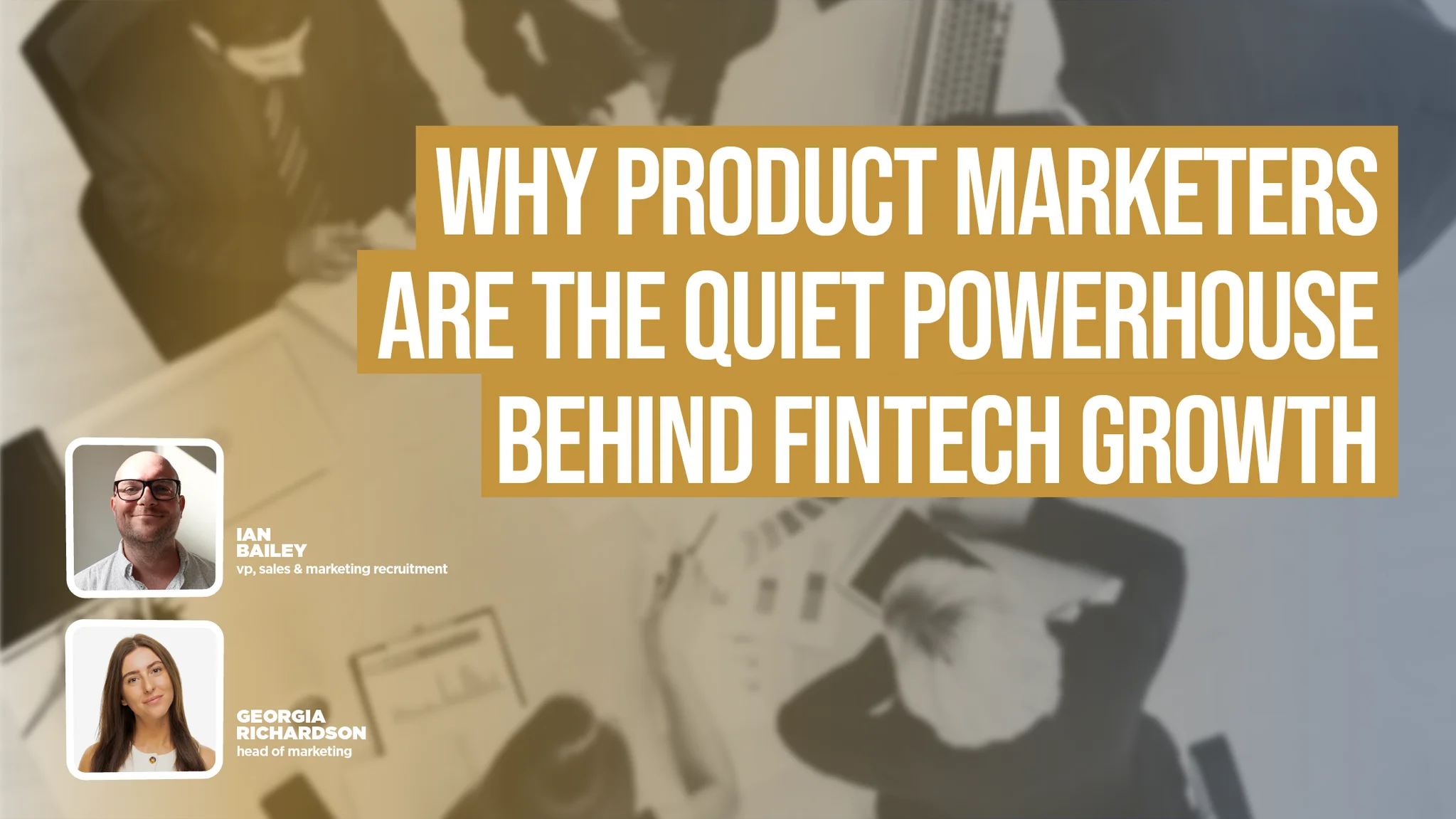In a society enabled by technology, our ability to always be connected and our insatiable appetite for instant everything (from news and events, to banking and payments) has meant that the phenomenon of “doomscrolling” is no longer limited to social media.
Doomscrolling, the obsessive consumption of negative news, is commonly associated with social media platforms like Facebook, Instagram, and online news feeds. However, a recent study1 by FIS showed that this behaviour has now migrated to financial applications as well.
For many people, checking their financial apps is an easy and convenient way to manage their money. But when times are tough, the constant scrolling and refreshing of bank balances and investment portfolios can feed financial anxiety and trap consumers in a cycle of constant worry, as they dwell on their situation or try to prepare for the worst.
Mobile banking and instant everything
The majority of us are now au fait with using mobile devices to bank, invest and make fast and frictionless payments, and this has been facilitated by a range of innovations, including open banking.
FIS’ research2 showed that 8 in 10 UK consumers are utilising financial apps, with online banking and mobile wallets being the most common. The rollout of digital wallets means we can now store many different methods of payment in one place on our phones or even watches. This has made our day-to-day lives and paying for things easier than ever before.
With the continued rise in instant payments helping to bring some financial certainty (funds are now transferred or received “instantly” which can help with financial planning and management) we can check our almost real-time financial position across as many different accounts and products as we have, with relative ease.
The recent economic uncertainty across the UK and Europe, combined with geopolitical challenges across most of the globe, has led to a rise in financial doomscrolling across many different applications. In fact, 51% of consumers surveyed in FIS’ recent study3 described themselves as “obsessed” with checking their banking apps and balances, with 63% of Gen Z4 and 64% of Millennials5 confirming this trend. The reasons behind this frequent checking of financial data aren’t necessarily all negative – some 47% of those surveyed6 said they were thinking about ways to improve their position.
The impact of financial doomscrolling goes beyond the initial need to be informed and can have a serious impact on mental health, as well as financial decision making. Short term fears, for example, could drive rash decisions to either buy or sell based on an immediate position, hoard cash, or make impulsive purchases based on a fear of rising prices or interest rates.
The changing role of financial institutions
The FIS survey showed that almost 70% of consumers are happy with their primary bank7. But, with more and more branches closing, access to a traditional brick and mortar institution is becoming more challenging.
Despite this, 80% of those surveyed said they have seen little to no impact8 from recent bank branch closures. One contributing factor is the huge growth in the availability of digital offerings, with 56% of people listing mobile banking capabilities as a major benefit of their primary bank9.
This is even higher for Gen Z consumers (63%)10 as younger generations adopt technology at greater rates than their senior counterparts.
Although many banks have been successful in retaining their customers, the key to maintaining this and remaining relevant has to be rooted in innovation, particularly around digital offerings.
The benefits of innovation
Industry forecasts expect instant payments to grow tenfold by 203011 as more and more of us make transactions facilitated by this method of payment. This gives rise to more accurate financial positions, helping each of us to plan better and make more informed decisions.
An often-overlooked benefit of mobile banking and real time payments is the inclusion that it brings to the underserved or non-banked. The ability to leverage any connected device to make payments offers inclusion to those who may otherwise struggle to access banking services, or to operate in the changing society that many of us take for granted.
These innovations help to make funds available immediately and provide the certainty that a payment has been received, as well as serving as a more secure and lower cost option than some traditional payment methods. As well as increasing transaction and settlement speeds, instant payments provide a richer, more secure and user-friendly experience for both businesses and consumers. This helps to build trust, improves operational efficiency and opens new avenues for financial services across industries.
We’re also seeing an increased effort to implement embedded or frictionless payments to help streamline consumer journeys. For example, with offerings abound from Buy Now Pay Later (BNPL), the relative ease to split payments into smaller more manageable instalments without having to undergo detailed credit and affordability checks, means that there is sometimes no need to even access your own account. This presents a relatively simple way to buy goods and services online, but it also means there are yet more apps and more data for us to doomscroll through.
How can AI help?
We cannot talk about financial applications without a nod to Generative AI, Large Language Models (LLM) and Machine Learning (ML). These technologies thrive on data to make decisions, and the amount of data available within our financial applications is vast.
With near real-time data available on our spending habits (not to mention how it is now embedded in most new mobile phones from the likes of Apple and Google / Samsung) so they know our activities (just how often are we looking at our financial apps and what is it we’re doing while there), means the ability to make a decision on products that would appeal to or help us, continues to advance.
A strong use case for AI in this space is for the hyper-personalisation of products and services, based on the data available on our habits and trends. This sort of technology is already in use in online retail - for example, those who regularly shop online will have experienced product recommendations tailored to their precise wants and needs. Well, why can’t we make use of intelligent recommendations in banking too?
That said, with new regulations on AI coming into force (such as the EU’s AI act and the Artificial Intelligence bill for the UK), just exactly how, when and where AI is used will become much clearer as they are unpacked and implemented.
From open banking to open finance
To further accelerate the rate of change in the digital and open banking space, the European Union’s PDS3 and PSR regulations are looking at how they can evolve open banking into the next phase of “open finance”.
PSD3 for open banking is accompanied by a new open finance proposal in the shape of a regulation on a framework for Financial Data Access (FIDA) – which ultimately helps to grant users control of their data, who has access to it, for what, when and how long.
Combined, these regulations will help to push open finance to offer more products and services to consumers. These products could include personalised financial planning tools enabled via broader access to consumers financial portfolios, which can analyse spending, income, savings and investments to provide tailored financial advice.
Advanced Payment Initiation Services (PIS) will evolve to offer faster and more secure payment solutions. Real-time payments from any bank account will become more common, allowing users to make instant transfers to pay for goods and services without relying on traditional methods such as a credit card.
Enhanced credit scoring and lending services, enabled by financial services and fintech companies’ access to more detailed financial data, will be able to improve credit scoring models and lending services. Subscription management services which will help consumers understand and keep track of the various subscriptions they have across various providers, will help to alert consumers to upcoming charges or suggest cancelling unused services.
Harnessing the opportunity
The possibilities brought about by open banking are endless, it remains to be seen as to precisely how financial innovation will evolve. With all the additional data available, there’s huge potential for hyper-personalisation and, as a consequence, better products.
Although it’s possible to end the trend of financial doomscrolling in favour of much more tailored and targeted financial services that provide consumers with exactly what they need, when they need it, and in the way that works best for them. Only time will tell if this turns out to be the case.
References:
11: Real Time Payment Market Size and Share | Forecast - 2030 (acumenresearchandconsulting.com)
By Kevin Flood, Payments Ecosystem Strategy at FIS
Download your free copy of the latest Financial Technologist magazine here.







